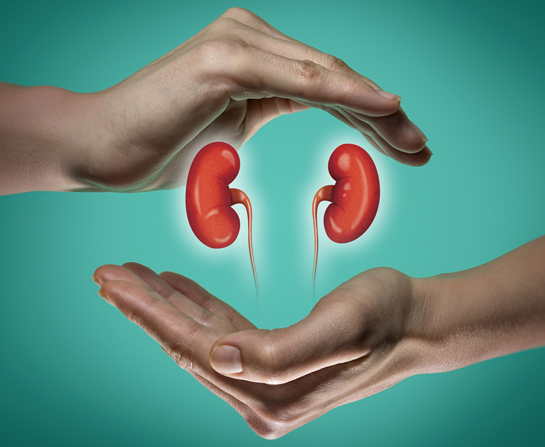Words Pank Jit Sin
Dr Suryati Yakob Consultant Nephrologist, Department of Nephrology, Hospital Selayang |
Complementary and alternative medicine or CAM is a broad term which encompasses the likes of yoga, acupuncture, Ayurveda, aromatherapy, Reiki, hypnosis, homeopathy, herbal medicine, meditation, massage therapy and chromotherapy. Evidently, those involving external manipulations rarely cause kidney complications. It is usually the ingested herbal remedies or supplements which cause kidney damage.
Speaking at the 15th Annual Dialysis Meeting 2018, Dr Suryati Yakob said that herbal remedies and supplements may cause acute kidney injury, nephrolithiasis, rhabdomyolysis, Fanconi syndrome, urothelial carcinoma and chronic kidney disease. These conditions arise from factors related to the herbal ingredients themselves either the intrinsic toxicity of the herbs, incorrect identification, adulteration or contamination by heavy metals. Sometimes, complications arise from overdosage or drug-herb interaction. Finally, patient factors such as their existing clinical condition, gender and age also contribute to their risk of kidney injury from herbal ingestion.
Perhaps the most infamous herbal ingredient is aristolochic acid (commonly found in the flowering plant family of Aristolochiaceae or birthworts), which causes kidney disease (nephropathy) and is linked to cancers of the urinary tract, liver and others.
A Case of Mistaken Identity
One of the problems involved in herbal remedies is in the acquisition and composition of its ingredients. While pharmaceuticals are heavily regulated, and the entire processing chain is documented and mostly automated, the same may not be true for herbal remedies and supplements.
Herbal remedies are commonly traded by their generic names and not scientific names. This opens up the possibility of accidental substitution, especially when raw ingredients are hard to come by or are expensive.
An infamous example of this occurred in the 1990s, when Belgians taking a herbal preparation for weight loss began showing symptoms of kidney failure. Instead of containing the plant Stephania tetrandra, the herbal pills contained derivatives of Aristolochia fangchi which was responsible for the kidney damage.
In another case, Caulis aristolochiae manshuriensis (guan mu tong) which was inadvertently used in place of Lardizabalaceae (mu tong) in a traditional Chinese medicine formula, leading to kidney poisoning (nephrotoxicity) in patients.
Dr Suryati acknowledged that CAM is used widely all over the world and by people from all walks of life. While local data is missing, the US Centers for Disease Control and Prevention (CDC) notes that the bulk of people consuming CAM fall within the 40- to 69-year age group. However, she noted that many of the ingredients used in CAM do not have an established safety profile. She called for stricter laws in monitoring the production and use of herbal medication and supplements. With the current lack of government oversight on these products, it may be best to avoid them. HT

